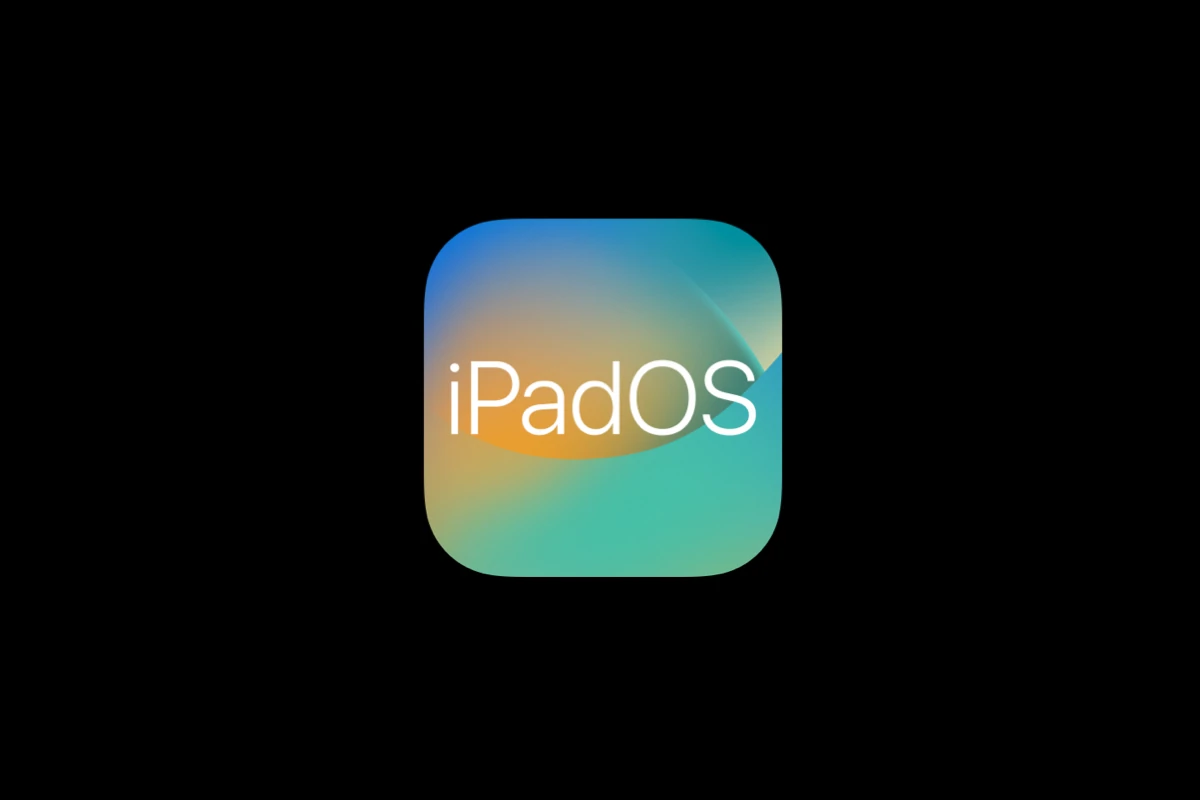Apple released iPadOS 18.7 on September 15, 2025, bringing important security updates and bug fixes to iPad users. While this update represents one of the final releases in the iPadOS 18 series before Apple shifts focus to iPadOS 19, some users may experience issues after installation. This comprehensive guide will help you resolve common iPadOS 18.7 problems and get your iPad running smoothly again.
What’s New in iPadOS 18.7
iPadOS 18.7 is primarily a security-focused update that addresses various vulnerabilities and system stability issues. As noted in Apple’s security documentation, this update includes important patches that protect users from potential security threats (source: Apple Support). The update also includes minor performance improvements and bug fixes for issues reported in previous iPadOS 18 versions.
Common iPadOS 18.7 Problems
Before diving into solutions, here are the most frequently reported issues users encounter after updating to iPadOS 18.7:
- Slow performance and lag
- Wi-Fi connectivity issues
- Bluetooth connection problems
- Apps crashing or freezing
- Battery drain issues
- Touch screen responsiveness problems
- Storage space concerns
- Installation failures or update loops
Quick Fixes for Most iPadOS 18.7 Issues
1. Restart Your iPad
The simplest and most effective solution for many iPadOS problems is a simple restart:
- For iPads with Face ID: Press and hold the top button and either volume button until the power off slider appears
- For iPads with Home button: Press and hold the top button until the power off slider appears
- Drag the slider to turn off your iPad
- Wait 30 seconds, then press and hold the top button to turn it back on
2. Force Restart Your iPad
If your iPad is completely frozen or unresponsive:
- For iPads with Face ID: Quickly press and release the volume up button, then quickly press and release the volume down button, then press and hold the top button until the Apple logo appears
- For iPads with Home button: Press and hold both the Home button and top button until you see the Apple logo
3. Check for Additional Updates
Sometimes Apple releases follow-up updates to fix issues discovered after the initial release:
- Go to Settings > General > Software Update
- If an update is available, tap Download and Install
- Follow the on-screen instructions to complete the update
Advanced Troubleshooting Solutions
Fix Wi-Fi and Bluetooth Connectivity Issues
Network connectivity problems are common after major updates. Here’s how to resolve them:
- Reset Network Settings:
- Go to Settings > General > Transfer or Reset iPad > Reset
- Tap Reset Network Settings
- Enter your passcode and confirm
- Your iPad will restart and you’ll need to re-enter Wi-Fi passwords
- Forget and Reconnect Wi-Fi Networks:
- Go to Settings > Wi-Fi
- Tap the “i” icon next to your network
- Tap Forget This Network
- Reconnect by selecting the network and entering the password
Resolve App-Related Problems
If specific apps are crashing or behaving unexpectedly:
- Update Apps:
- Open the App Store
- Tap your profile icon in the top right
- Scroll down to see pending updates
- Tap Update All or update individual apps
- Force Close Problematic Apps:
- Double-tap the Home button (or swipe up from bottom on Face ID models)
- Swipe up on the app you want to close
- Delete and Reinstall Apps:
- Press and hold the app icon
- Tap Remove App > Delete App
- Reinstall from the App Store
Fix Performance and Battery Issues
If your iPad feels sluggish or battery life has decreased:
- Check Storage Space:
- Go to Settings > General > iPad Storage
- Delete unused apps, photos, or videos
- Consider enabling Optimize iPad Storage for Photos
- Disable Background App Refresh:
- Go to Settings > General > Background App Refresh
- Turn off for apps you don’t need updating in the background
- Reset All Settings (if performance issues persist):
- Go to Settings > General > Transfer or Reset iPad > Reset
- Tap Reset All Settings
- This won’t delete your data but will reset preferences
Last Resort Solutions
Recovery Mode Restore
If your iPad won’t update properly or is experiencing persistent problems after attempting to install iPadOS 18.7, you may need to put it in recovery mode (source: SimplyMac):
- Connect your iPad to a computer with the latest version of iTunes or Finder
- Force restart your iPad but keep holding the buttons when the Apple logo appears
- Keep holding until you see the recovery mode screen
- On your computer, click Update to reinstall iPadOS without erasing data
- If that doesn’t work, click Restore (this will erase all data)
Factory Reset
As a last resort, you can perform a complete factory reset:
- Back up your iPad using iCloud or iTunes/Finder
- Go to Settings > General > Transfer or Reset iPad
- Tap Erase All Content and Settings
- Follow the prompts to complete the reset
- Restore from your backup during setup
Prevention Tips
To avoid future problems with iPadOS updates:
- Always back up your iPad before installing updates
- Ensure you have sufficient storage (at least 5GB free)
- Update over Wi-Fi rather than cellular data
- Keep your iPad plugged in during the update process
- Close unnecessary apps before updating
When to Contact Apple Support
Contact Apple Support if:
- Your iPad won’t turn on after the update
- You’re experiencing hardware-related issues
- None of the troubleshooting steps resolve your problem
- You’re getting error messages during the update process
You can check Apple’s system status page to ensure their servers aren’t experiencing problems before assuming the issue is with your device.
Looking Ahead
iPadOS 18.7 represents one of the final updates in the iPadOS 18 series, as Apple prepares to shift focus to iPadOS 19 (source: thinglabs). Users who install this update can expect continued security support while having the option to upgrade to the next major release when it becomes available.
By following this troubleshooting guide, you should be able to resolve most common issues with iPadOS 18.7. Remember that software updates can sometimes take time to settle, so minor issues may resolve themselves within a few days of installation. If problems persist, don’t hesitate to reach out to Apple Support for additional assistance.







